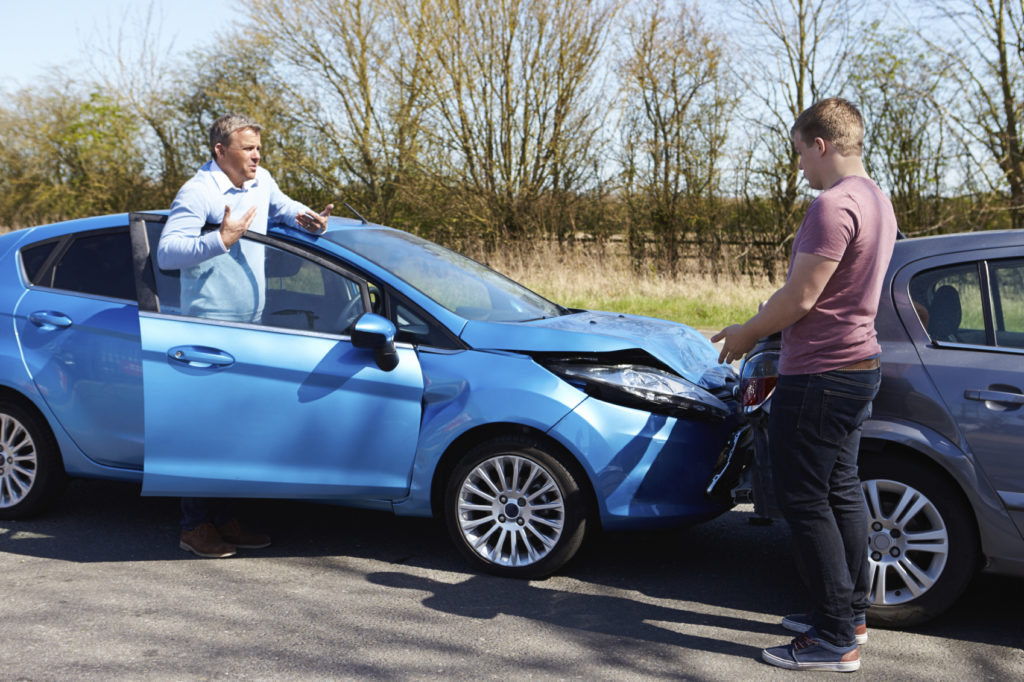Comparing Car Insurance Models: Traditional vs. Usage-Based
In today’s fast-paced world, car insurance has become a necessity for every vehicle owner. It provides a safety net, protecting us from unexpected expenses and unforeseen circumstances. However, not all car insurance models are created equal. Traditional car insurance and usage-based car insurance are two popular options, each with its own set of advantages and disadvantages. In this article, we’ll delve into the intricacies of these two models and help you make an informed decision about which one suits your needs better.
Understanding Traditional Car Insurance
Traditional car insurance, also known as standard or conventional insurance, is the most common type of auto coverage. It follows a set formula to determine premiums and is based on a variety of factors, such as age, gender, driving history, vehicle type, and more. Let’s break down the key aspects of traditional car insurance:
Premium Calculation
Traditional car insurance premiums are calculated using a predefined set of criteria. Insurance companies assess risk based on historical data and factors like your age, gender, location, and the make and model of your vehicle. This often results in higher premiums for younger or less-experienced drivers.
Fixed Premiums
Once your premium is set, it remains constant throughout the policy period, typically one year. This can be both an advantage and a disadvantage, depending on your circumstances.
Claim Process
When you file a claim with traditional car insurance, the process usually involves dealing with an insurance adjuster who assesses the damage and determines the payout. It can be a lengthy and sometimes cumbersome process.
Good for Predictability
Traditional car insurance provides a sense of predictability, as you know exactly how much you’ll pay each month. However, this may not be the most cost-effective option for all drivers.
Exploring Usage-Based Car Insurance
Usage-based car insurance, also known as telematics or pay-as-you-go insurance, is a more modern approach to auto coverage. It uses technology to track your driving behavior and adjusts your premium accordingly. Here’s what you need to know about usage-based car insurance:
Personalized Premiums
Usage-based insurance offers a more personalized approach. Your premiums are determined based on your actual driving habits. Safer driving can result in lower costs, making it an attractive option for careful drivers.
Dynamic Pricing
Your premiums can change throughout the policy period based on your driving behavior. This dynamic pricing model can lead to cost savings for responsible drivers.
Telematics Devices
To monitor your driving, you’ll need a telematics device installed in your vehicle. This device tracks various aspects of your driving, such as speed, acceleration, braking, and even the time of day you drive.
Quick Claim Processing
Usage-based insurance often offers a more streamlined claim process, thanks to the detailed data collected by the telematics device. This can lead to faster claim payouts in case of an accident.
Making the Right Choice

Now that we’ve explored the key features of both traditional and usage-based car insurance, let’s consider the factors that should influence your choice:
Driving Habits
If you’re a safe and responsible driver who adheres to speed limits and practices defensive driving, usage-based insurance may be a cost-effective choice.
Budget
Traditional car insurance can offer more predictability in terms of premiums, which may be beneficial for those on a tight budget.
Vehicle Type
The type of vehicle you drive can also impact your choice. If you own a high-performance car, traditional insurance may come with higher premiums.
Tech Savviness
Consider your comfort level with technology. Usage-based insurance requires the installation and use of telematics devices, which may not be suitable for everyone.
Driving History
If you have a history of accidents or traffic violations, traditional car insurance may be the more practical choice, as usage-based insurance heavily relies on your driving behavior.
Conclusion
In the ongoing debate of traditional versus usage-based car insurance, there is no one-size-fits-all answer. The right choice depends on your individual circumstances, driving habits, and budget. Traditional car insurance provides predictability, while usage-based insurance offers the potential for cost savings. Ultimately, the decision is in your hands, and it’s crucial to evaluate the pros and cons of each option before making a commitment.
FAQs :
1. Is usage-based car insurance more affordable than traditional insurance?
Usage-based insurance can be more affordable for safe drivers who adhere to driving best practices. However, it may not be the most cost-effective option for everyone.
2. What data does a telematics device collect for usage-based insurance?
Telematics devices collect data on various aspects of your driving, including speed, acceleration, braking, and the time of day you drive.
3. Can I switch between traditional and usage-based insurance?
Yes, you can switch between traditional and usage-based insurance at the end of your policy term. Be sure to evaluate your needs and driving habits before making the switch.
4. Do I need to be tech-savvy to use usage-based insurance?
While usage-based insurance does involve technology, the installation of telematics devices is typically straightforward and user-friendly.
5. How can I reduce my car insurance premiums with either model?
To reduce your car insurance premiums, maintain a clean driving record, choose a less expensive vehicle, and explore available discounts and safety features. Both traditional and usage-based insurance models offer potential savings.






